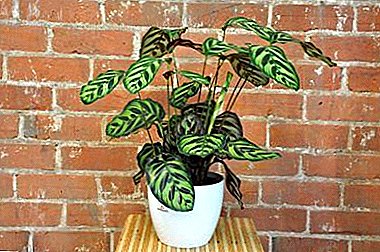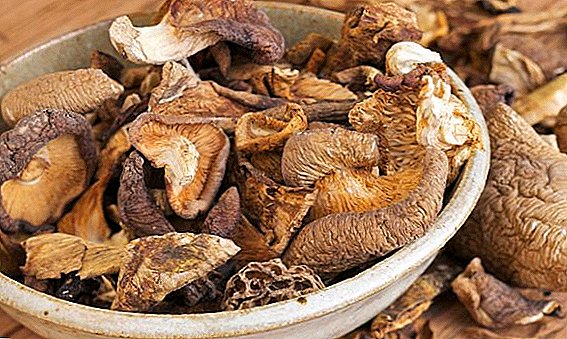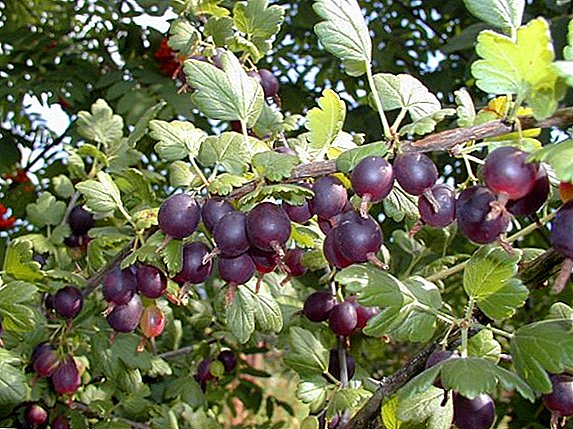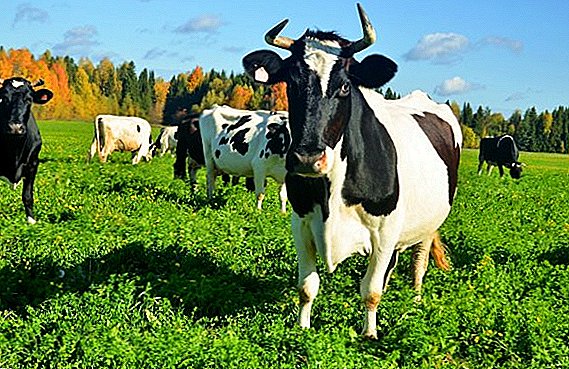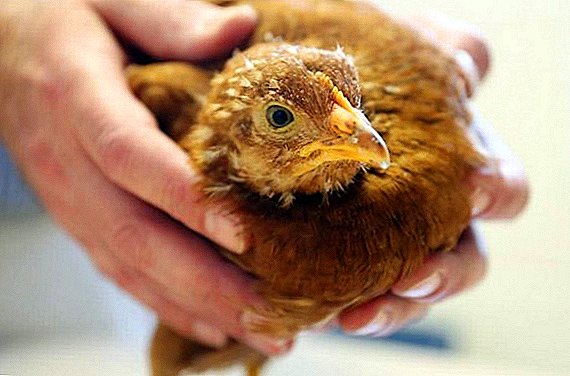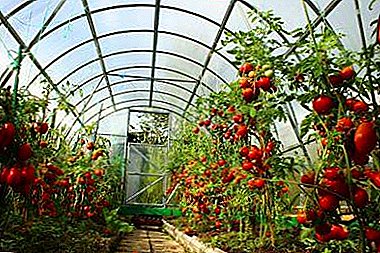
Tomatoes are a vegetable crop that came to us from warm countries. In hot climates, capricious and sun-loving plants do not require careful maintenance.
A long bright and warm period has a beneficial effect on the abundant fruiting of all types of tomatoes.
But in the north they are grown very scrupulously. Depending on several factors, different methods are used for planting tomatoes. More on this in this article.
What should be the land for growing tomatoes?
Land for planting tomatoes in the open ground should be heated (around mid-April). The beds are wide and add humus. To stretch the film in case of frost put the arc. Leave sufficient space between the rows.
Why does soil quality matter?
Tomatoes have a branched surface root system, which consists of 70% of thin suction roots. Due to this structure, the plant provides its ground part with a large amount of moisture and essential nutrients. This is what determines the preferences of this culture regarding the structure and quality of the soil.
Requirements
 The land should contain all the necessary components for growing tomatoes.
The land should contain all the necessary components for growing tomatoes.
Soil for tomatoes for their proper growth should contain the following elements:
- nitrogen;
- phosphorus;
- potassium.
It is necessary that these minerals are in an easily digestible form. In a certain part of the greenhouse soil should consist of sand, as it is necessary for the development of the skeletal part of the plant.
The soil should be loose, as the roots on the surface do not tolerate overwetting and grow only in the loose substance, extracting nutrients from a larger area. In the presence of such characteristics as water permeability and water capacity, the soil retains moisture well, but does not become swampy. Also heat capacity is necessary for comfortable growth of tomatoes.
In addition, when preparing the soil, it should be as neutral as possible from infections and free from pest larvae.
The soil should not contain weed seeds.
What acidity should be?
Tomatoes love soil pH 6.2 to pH 6.8. To determine the acidity of the soil, a set of indicator tests (litmus papers) are sold, which are sold in garden stores.
To learn how acidity should be the soil for tomatoes and how to ensure their high yields, read here.
Homemade mix
If it is not possible to use the purchased mixture, you can prepare the soil for the greenhouse on your own.
In the autumn after harvesting, remove the remnants of greenery and carefully dig up the soil, freeing it from the roots of former plants. Cooked land should be checked for moisture: blind one, and if it crumbles, then everything is in order. The soil made for the greenhouse should smell like earth (without external odors).
The advantages of homemade soil:
- You can cook according to the exact recipe and keep the exact number of trace elements you need.
- Cost savings.
disadvantages:
- Great cooking time.
- You need to accurately follow the recipe.
- The soil may be contaminated.
- Finding and buying the right components to remove can take a lot of time and money.
We offer to watch a video on how to prepare the ground for the greenhouse with your own hands:
Ready-made compounds
 When buying ready-made soil it is impossible to know how well it was made and with which it came into contact. Therefore, it should be treated with a solution called "Fitolavin", 2 ml per liter of water. The basis of the purchased soil is often peat.
When buying ready-made soil it is impossible to know how well it was made and with which it came into contact. Therefore, it should be treated with a solution called "Fitolavin", 2 ml per liter of water. The basis of the purchased soil is often peat.
The benefits of the purchase of soil for tomatoes:
- It is ready for use without additional processing.
- Saturated with trace elements and other components.
- It is an easy and moisture-absorbing variety of soil.
- You can pick up packages of different sizes - from 1 to 50 liters.
disadvantages:
- Inaccurate nutrient content (they are listed as a range).
- Approximate pH.
- Sometimes peat dust is added instead of peat.
- There is a risk to buy low-quality material.
Required components
The main components of the earth mixture:
- sod or vegetable land;
- non-acidic peat (pH 6.5);
- sand (washed or river);
- humus or sifted mature compost;
- sifted wood ash (dolomite flour can be used).
The most simple and optimal composition of soil mixture for tomatoes is obtained if you mix:
- 2 parts peat;
- 1 part of garden land;
- 1 part of humus (or compost);
- 0.5 parts of sand.
Peat usually has a higher acidity, so the following should be added to the bucket of the mixture:
- 1 cup wood ash;
- 3 - 4 tablespoons of dolomite flour;
- 10 g of urea;
- 30 - 40 g of superphosphate;
- 10 - 15 g of potash fertilizer.
Fertilizers can be replaced by a complex fertilizer containing more phosphorus and potassium, and less nitrogen.
Inadmissible additives
 Organic fertilizers that are in the process of decay cannot be used.. At the same time, a large amount of heat is released, which can burn the seeds (and if they manage to ascend, they will still die from the high temperature).
Organic fertilizers that are in the process of decay cannot be used.. At the same time, a large amount of heat is released, which can burn the seeds (and if they manage to ascend, they will still die from the high temperature).
Impurities of clay are not used, as they make the soil denser and heavier. Heavy metals quickly accumulate in the soil, so you should not use the land located near a busy highway or on the territory of a chemical enterprise. Care must be taken to ensure that the land in which the tomatoes grow will be as clean as possible.
Garden land
Purchased land is mostly cleaner garden (in this minus garden) on the content of weeds and possible diseases. The soil from your garden is used if it is crumbly and structural. The vegetable ground after growing solanaceous on it (where the garlic, cabbage, beetroot and carrot grew) is not taken. Plus of the garden earth that in it more often a good mechanical structure.
What is better to use?
For high yields in greenhouse land should be:
- Optimum heat exchange.
- Air transmission.
- Ability to saturate with moisture during irrigation.
- The ability to absorb all the necessary substances and minerals.
Soil for the greenhouse has:
- humus;
- compost;
- sod soil;
- sand;
- peat;
- calcareous rocks.
Humus is used as a natural fuel.
Composition of humus:
- Phosphoric acid.
- Calcium oxide.
- Nitrogen.
- Potassium Oxide.
 All the listed elements are useful for the plant.
All the listed elements are useful for the plant.
Humus properties:
- It nourishes with minerals.
- Provides nutrient microorganisms to the ground.
- Earth mixed with humus conducts air well.
- Sod is also important for the growth of tomatoes.
Turf soil:
- Saturated with the remnants of the roots of plants.
- Increases moisture absorption of the environment in which the plant develops.
Conclusion
To grow beautiful, without flaws, tomatoes in their own greenhouse need to know how to meet the conditions necessary for the growth of this plant. Tomatoes come not from our latitudes, and they are accustomed to completely different soil. It is necessary to create for them an environment as close as possible to their natural conditions, and then we will have a bountiful harvest. Greenhouse can be called the best home for tomatoes.


